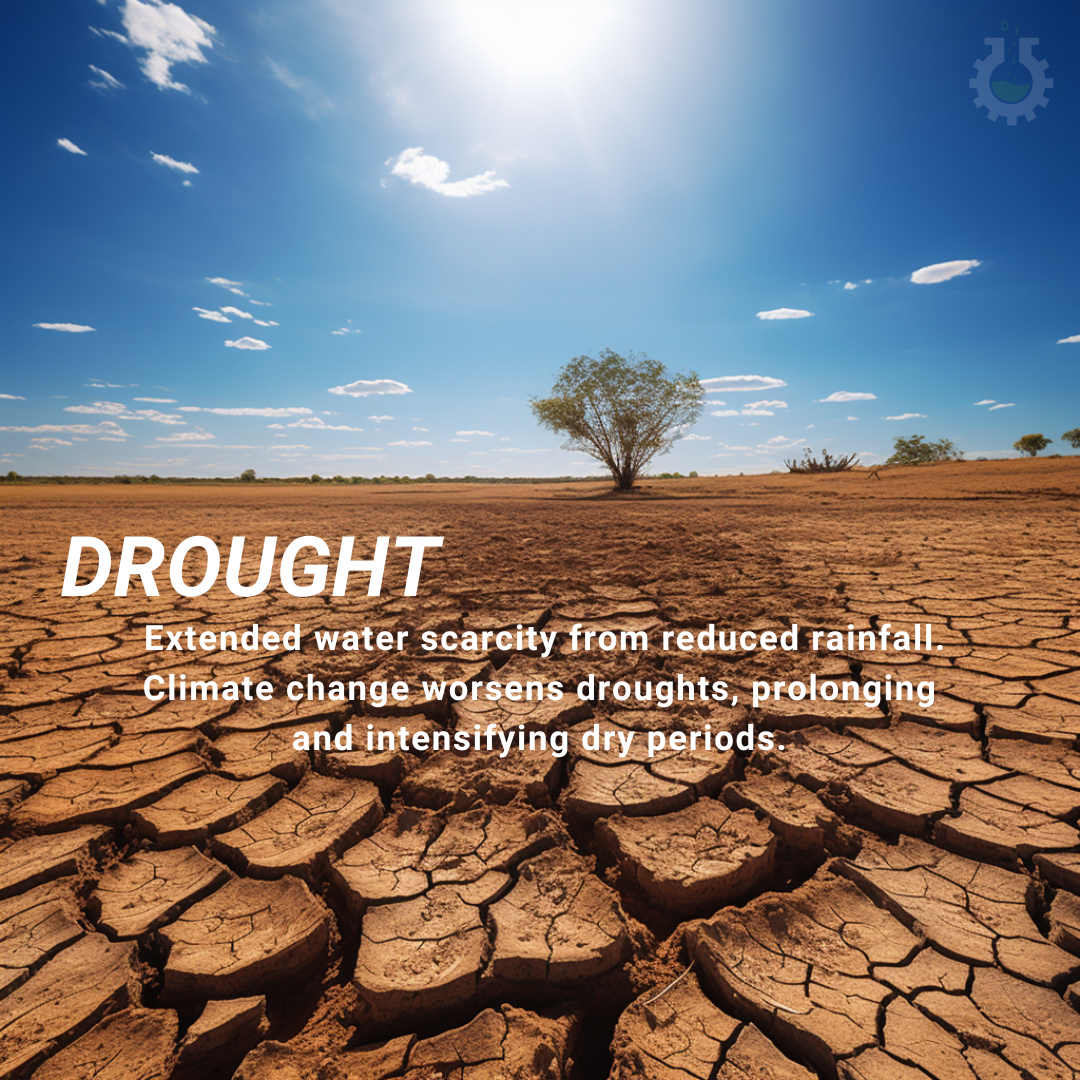August 14, 2023
Climate Change Poster Collection of the Day – Drought
Book a Demo
Today’s Climate Change Poster Collection features Drought, characterized by extended periods of less-than-average rainfall, can occur in any region, despite its general climate conditions. These prolonged periods of water scarcity can cause severe water shortages, impacting both the environment and human life. The effects of droughts are often severe, damaging habitats, increasing wildfire risks, causing loss of biodiversity, reducing crop yields, and resulting in higher food prices.
Interestingly, droughts aren’t only a result of natural climate variations. Human activities, such as deforestation and over-farming, can exacerbate the effects of droughts. These activities can make droughts more severe and frequent, adding to the already existing challenges. This highlights the significant role that human activities play in shaping the environment and climate conditions.
The severity of a drought is determined by several factors. These include the duration of the drought, the temperature, and the regional water supply demand. In other words, a short period of water scarcity during a cooler period might not have the same impact as a prolonged drought during a hot summer with high water demand.
There are four types of droughts: meteorological, agricultural, hydrological, and socioeconomic. Each type has significant ecological, agricultural, health, social, and economic impacts. Meteorological droughts are associated with reduced rainfall, while agricultural droughts occur when there is insufficient moisture for average crop or range production. Hydrological droughts involve low water levels in streams, reservoirs, and groundwater wells, affecting water supply. Socioeconomic droughts occur when the demand for an economic good exceeds supply due to a weather-related shortfall in water supply.
Given these severe impacts, drought management strategies are crucial. These include water supply and demand management, drought monitoring and early warning systems, and risk and impact assessment. Efficient water management, for instance, can ensure that available water resources are used optimally, reducing the impact of a drought.
Severe droughts can have serious health effects. These include malnutrition due to decreased food production, diarrhea from poor quality water, increased disease due to inadequate sanitation, and food and water shortages which can lead to famine.
Climate change is another factor that can intensify the effects of droughts. As global temperatures rise, it is expected that droughts will become more frequent and severe. In light of this, the World Health Organization provides guidance on preparedness and response. This includes the development of early warning systems, risk communication, and health care delivery to mitigate the effects of droughts.
While droughts are a natural part of Earth’s climate system, human activities and climate change can make them more severe and frequent. Therefore, it’s crucial to adopt sustainable practices and effective drought management strategies to mitigate their impacts.
Discover an inspiring collection of climate change posters.



